 Operation and Maintenance
Operation and Maintenance Linux Operation and Maintenance
Linux Operation and Maintenance Tutorial: Installing Symfony using Docker
Tutorial: Installing Symfony using Docker
Tutorial: Installing Symfony using Docker
Symfony is a popular PHP framework for building high-performance, scalable web applications. When developing Symfony applications, using Docker can easily create an independent development environment to facilitate team collaboration and application deployment. This tutorial will guide you through how to install Symfony using Docker and provide specific code examples.
Step 1: Install Docker and Docker Compose
First, you need to install Docker and Docker Compose on your computer. You can go to the Docker official website to download and install the corresponding version of Docker according to your operating system. Once the installation is complete, verify the Docker installation by running the following command in the terminal:
docker --version docker-compose --version
Step 2: Create a Symfony application
Next, you need to create a Symfony application. In the command line, navigate to the directory where you want to create the application, and then execute the following command:
docker run --rm -v $(pwd):/app -w /app/ composer create-project symfony/website-skeleton myapp
This command will run a temporary container and mount the current directory to the /app directory in the container. And use Composer to create a Symfony application called myapp.
Step 3: Write a Dockerfile
In your application directory, create a file called Dockerfile and add the following content in it:
FROM php:7.4-apache # 安装MySQL扩展 RUN docker-php-ext-install pdo pdo_mysql # 设置工作目录 WORKDIR /var/www/html # 拷贝应用程序代码 COPY . /var/www/html # 设置Apache的DocumentRoot RUN sed -ri -e 's!/var/www/html!/var/www/html/public!g' /etc/apache2/sites-available/*.conf RUN sed -ri -e 's!/var/www/!/var/www/html/public!g' /etc/apache2/apache2.conf /etc/apache2/conf-available/*.conf # 重启Apache服务 RUN service apache2 restart
This Dockerfile is based on The official php:7.4-apache image, with the required MySQL extensions installed. It also sets the working directory to /var/www/html and copies the application code into the container. Finally, it sets Apache's DocumentRoot to /var/www/html/public and restarts the Apache service.
Step 4: Write the docker-compose file
In your application directory, create a file called docker-compose.yml and add the following content in it:
version: '3'
services:
web:
build:
context: .
dockerfile: Dockerfile
ports:
- 80:80
volumes:
- .:/var/www/htmlThis docker-compose file defines a service (web) and uses the Dockerfile created previously to build the container. It maps the container's port 80 to the host's port 80 and mounts the local application directory to the container's /var/www/html directory.
Step 5: Launch the Symfony application
In the terminal, navigate to your application directory and execute the following command to launch the Symfony application:
docker-compose up -d
This command A container running in the background will be started with the Symfony application running in it.
Step 6: Access the Symfony application
Now you can access the Symfony application by visiting http://localhost in your browser.
Summary:
By using Docker, you can easily create an independent Symfony development environment and speed up team collaboration and application deployment. This tutorial provides specific code examples required to install Symfony, hoping to help you get started using Docker to develop and deploy Symfony applications. I wish you success!
The above is the detailed content of Tutorial: Installing Symfony using Docker. For more information, please follow other related articles on the PHP Chinese website!
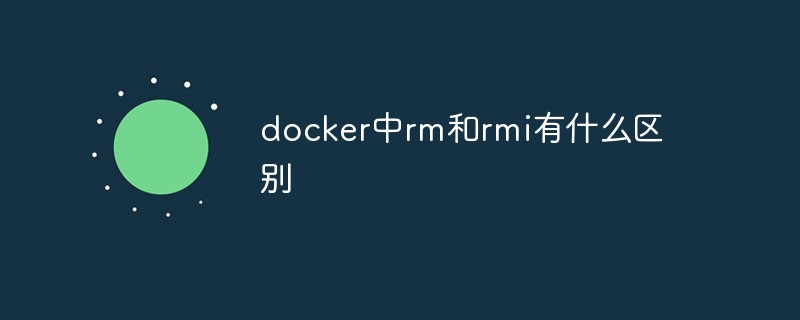 docker中rm和rmi有什么区别Jul 14, 2022 am 11:02 AM
docker中rm和rmi有什么区别Jul 14, 2022 am 11:02 AMdocker中rm和rmi的区别:rm命令用于删除一个或者多个容器,而rmi命令用于删除一个或者多个镜像;rm命令的语法为“docker rm [OPTIONS] CONTAINER [CONTAINER...]”,rmi命令的语法为“docker rmi [OPTIONS] IMAGE [IMAGE...]”。
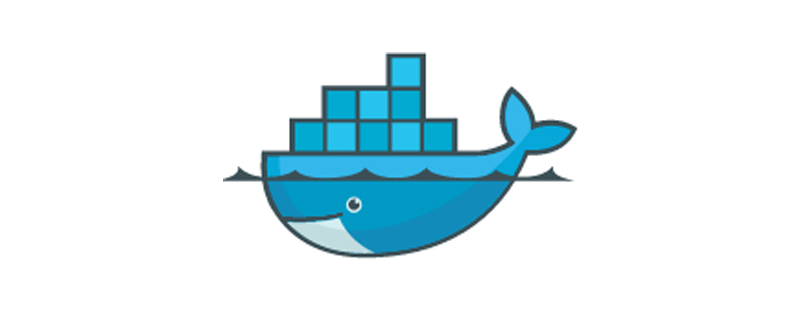 docker官方镜像有哪些May 12, 2022 pm 02:23 PM
docker官方镜像有哪些May 12, 2022 pm 02:23 PMdocker官方镜像有:1、nginx,一个高性能的HTTP和反向代理服务;2、alpine,一个面向安全应用的轻量级Linux发行版;3、busybox,一个集成了三百多个常用Linux命令和工具的软件;4、ubuntu;5、PHP等等。
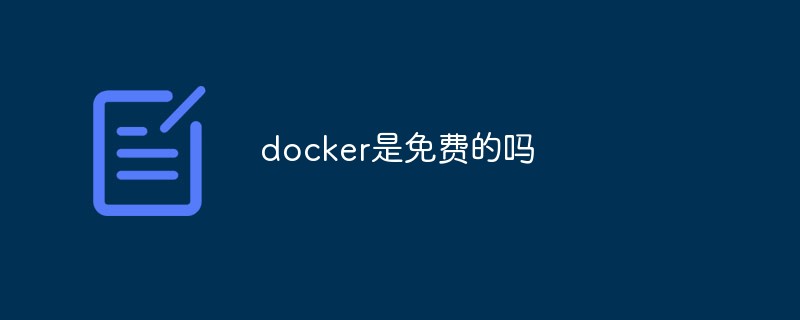 docker是免费的吗Jul 08, 2022 am 11:21 AM
docker是免费的吗Jul 08, 2022 am 11:21 AMdocker对于小型企业、个人、教育和非商业开源项目来说是免费的;2021年8月31日,docker宣布“Docker Desktop”将转变“Docker Personal”,将只免费提供给小型企业、个人、教育和非商业开源项目使用,对于其他用例则需要付费订阅。
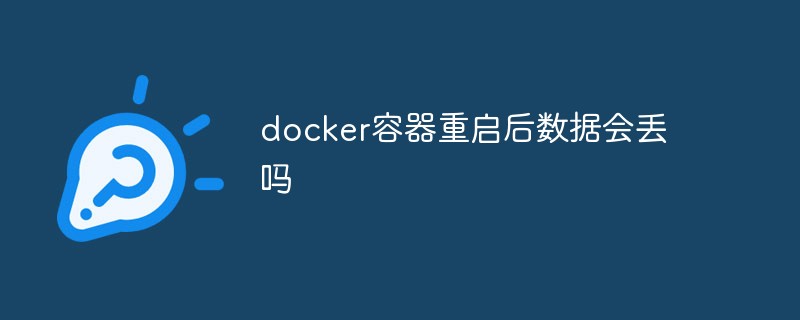 docker容器重启后数据会丢吗Jun 17, 2022 am 10:41 AM
docker容器重启后数据会丢吗Jun 17, 2022 am 10:41 AMdocker容器重启后数据会丢失的;但是可以利用volume或者“data container”来实现数据持久化,在容器关闭之后可以利用“-v”或者“–volumes-from”重新使用以前的数据,docker也可挂载宿主机磁盘目录,用来永久存储数据。
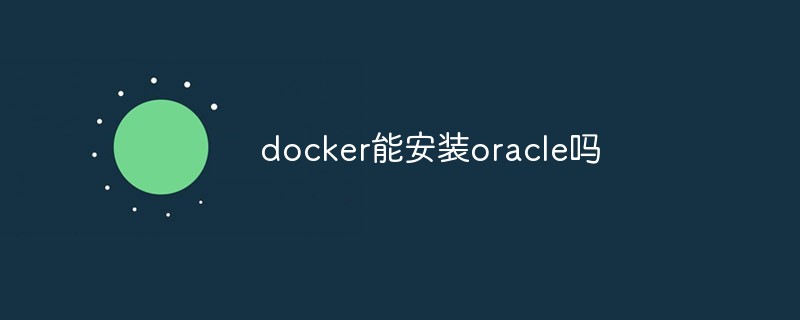 docker能安装oracle吗Jul 08, 2022 pm 04:07 PM
docker能安装oracle吗Jul 08, 2022 pm 04:07 PMdocker能安装oracle。安装方法:1、拉取Oracle官方镜像,可以利用“docker images”查看镜像;2、启动容器后利用“docker exec -it oracle11g bash”进入容器,并且编辑环境变量;3、利用“sqlplus /nolog”进入oracle命令行即可。
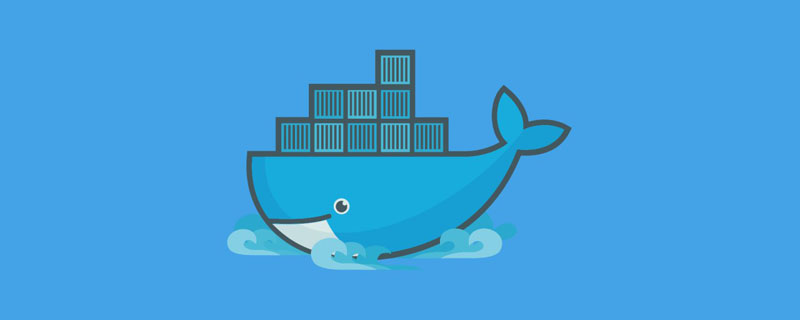 什么是docker最早支持的存储引擎May 12, 2022 pm 03:27 PM
什么是docker最早支持的存储引擎May 12, 2022 pm 03:27 PMAUFS是docker最早支持的存储引擎。AUFS是一种Union File System,是文件级的存储驱动,是Docker早期用的存储驱动,是Docker18.06版本之前,Ubuntu14.04版本前推荐的,支持xfs、ext4文件。
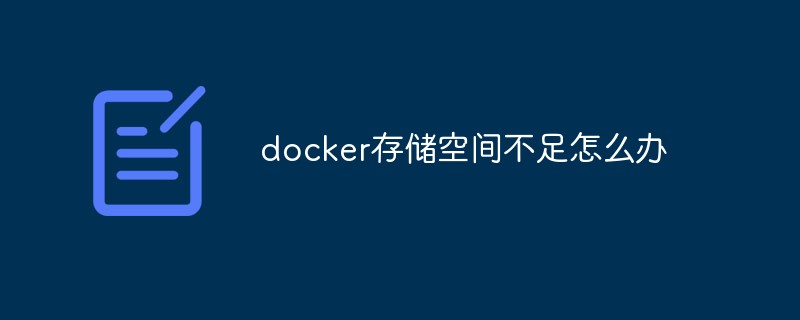 docker存储空间不足怎么办Jul 22, 2022 pm 03:44 PM
docker存储空间不足怎么办Jul 22, 2022 pm 03:44 PM解决方法:1、停止docker服务后,利用“rsync -avz /var/lib/docker 大磁盘目录/docker/lib/”将docker迁移到大容量磁盘中;2、编辑“/etc/docker/daemon.json”添加指定参数,将docker的目录迁移绑定;3、重载和重启docker服务即可。
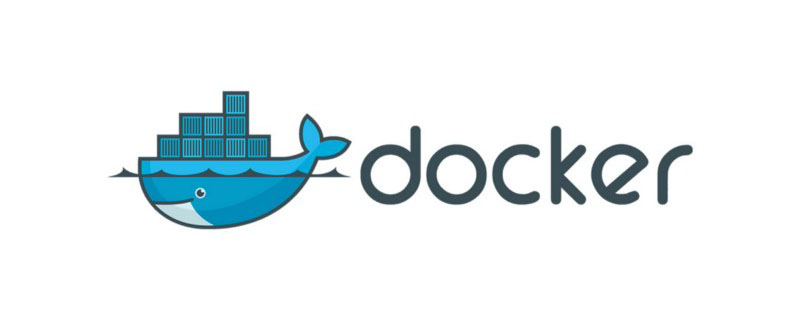 docker容器管理ui有哪些May 11, 2022 pm 03:39 PM
docker容器管理ui有哪些May 11, 2022 pm 03:39 PM容器管理ui工具有:1、Portainer,是一个轻量级的基于Web的Docker管理GUI;2、Kitematic,是一个GUI工具,可以更快速、更简单的运行容器;3、LazyDocker,基于终端的一个可视化查询工具;4、DockStation,一款桌面应用程序;5、Docker Desktop,能为Docker设置资源限制,比如内存,CPU,磁盘镜像大小;6、Docui。


Hot AI Tools

Undresser.AI Undress
AI-powered app for creating realistic nude photos

AI Clothes Remover
Online AI tool for removing clothes from photos.

Undress AI Tool
Undress images for free

Clothoff.io
AI clothes remover

AI Hentai Generator
Generate AI Hentai for free.

Hot Article

Hot Tools

mPDF
mPDF is a PHP library that can generate PDF files from UTF-8 encoded HTML. The original author, Ian Back, wrote mPDF to output PDF files "on the fly" from his website and handle different languages. It is slower than original scripts like HTML2FPDF and produces larger files when using Unicode fonts, but supports CSS styles etc. and has a lot of enhancements. Supports almost all languages, including RTL (Arabic and Hebrew) and CJK (Chinese, Japanese and Korean). Supports nested block-level elements (such as P, DIV),

Notepad++7.3.1
Easy-to-use and free code editor

SAP NetWeaver Server Adapter for Eclipse
Integrate Eclipse with SAP NetWeaver application server.

VSCode Windows 64-bit Download
A free and powerful IDE editor launched by Microsoft

DVWA
Damn Vulnerable Web App (DVWA) is a PHP/MySQL web application that is very vulnerable. Its main goals are to be an aid for security professionals to test their skills and tools in a legal environment, to help web developers better understand the process of securing web applications, and to help teachers/students teach/learn in a classroom environment Web application security. The goal of DVWA is to practice some of the most common web vulnerabilities through a simple and straightforward interface, with varying degrees of difficulty. Please note that this software





